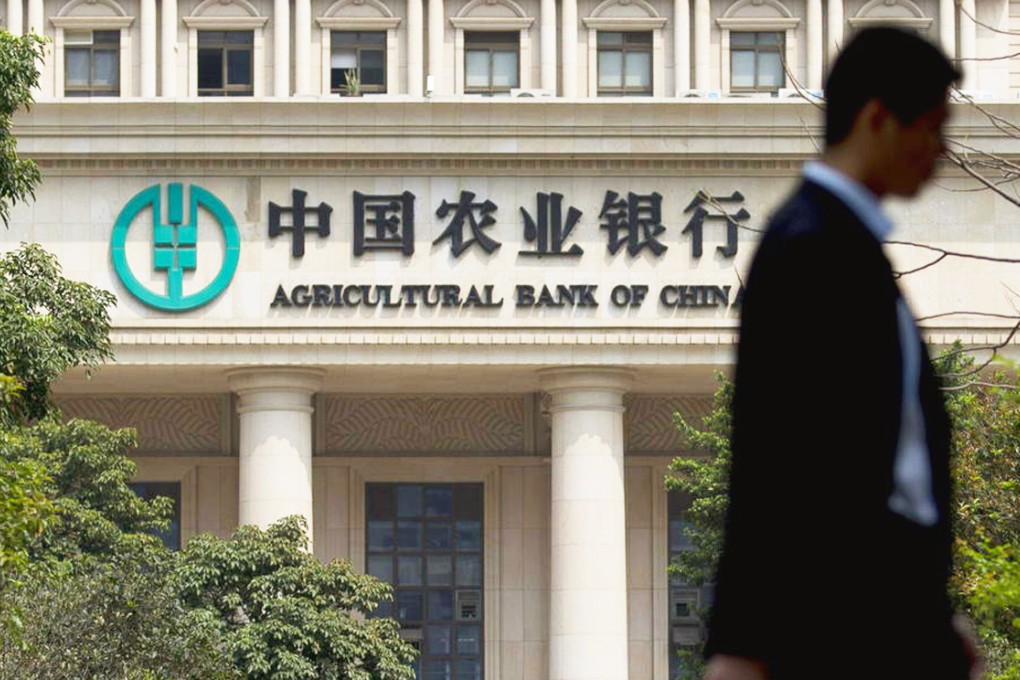Higher bad-loan rates tipped for Bank of China and Agricultural Bank
Average non-performing loan ratio among five biggest mainland banks increases to 1.14pc in third quarter with trend to continue into 2015

Bad debt at the mainland's biggest banks continued to climb in the third quarter, sparking a warning on mounting risk and potential corporate defaults from a top central bank official.

Agricultural Bank of China, which reported earnings yesterday, led the five state banks in bad loans, with a non-performing loan ratio of 1.29 per cent. The increase, however, was just five basis points off the second half of the year.
Industrial and Commercial Bank of China drove home worries on Wednesday over sharp increases in bad debt when it reported that its non-performing loans had jumped 9.2 per cent between July and September to a ratio 1.06 per cent, the highest since 2006.
Yi Gang, a deputy governor of the People's Bank of China and head of the State Administration of Foreign Exchange, said accumulating bad loans presented an increasing level of risk as borrowers entered a high payback period.
At a time when central and local governments continue to bail out defaulting trust companies and struggling corporations, maintaining an implicit guarantee on high-risk investments, Yi said some cases of default were normal.
"We say we want to control risk but that's not to say we want to completely eliminate all risk," he was quoted as saying at a financial forum yesterday.